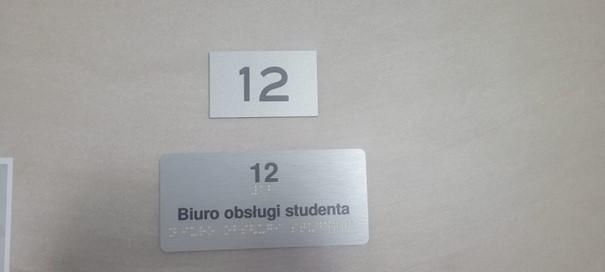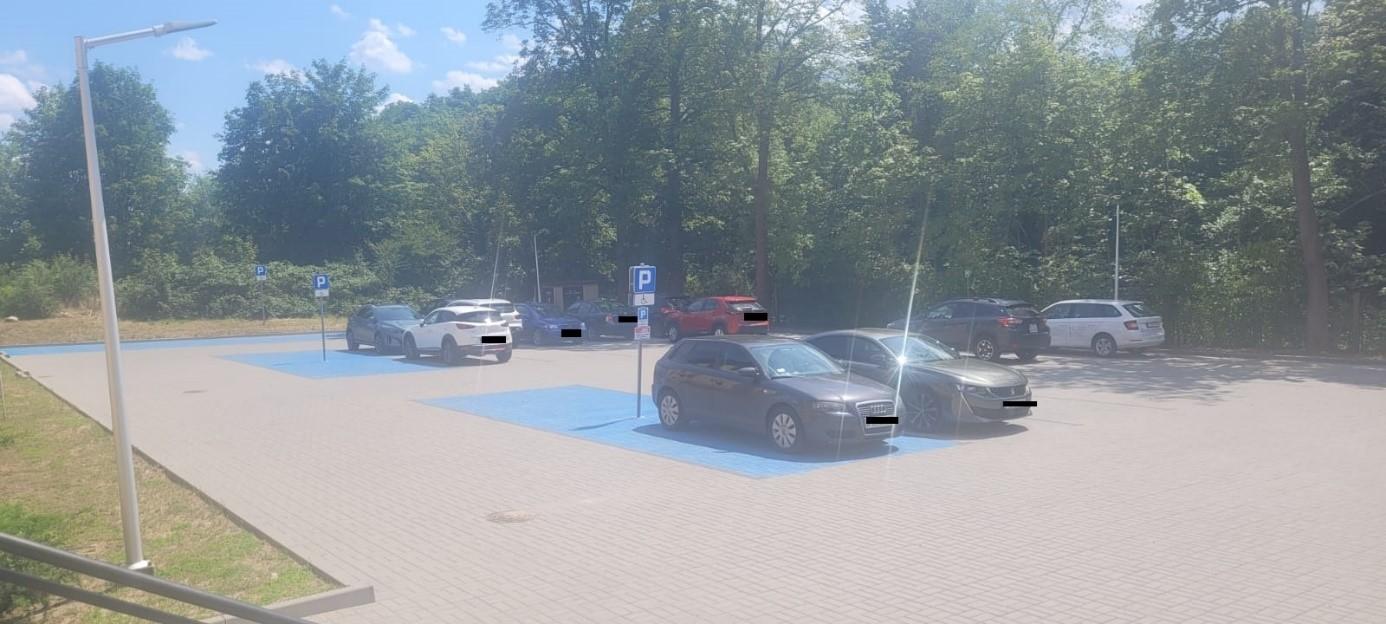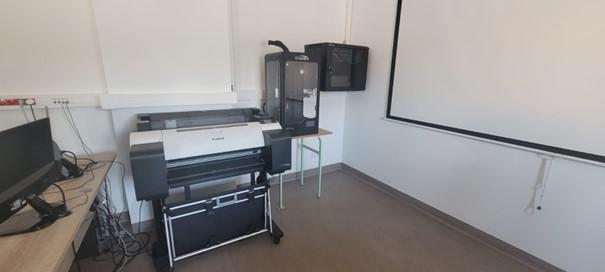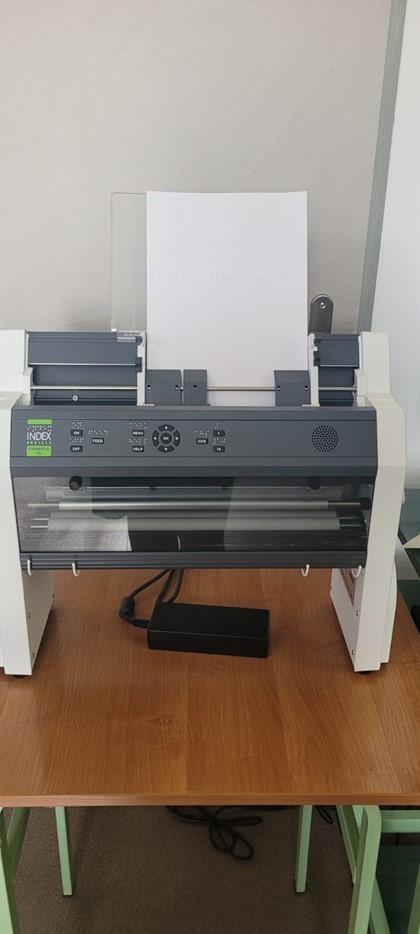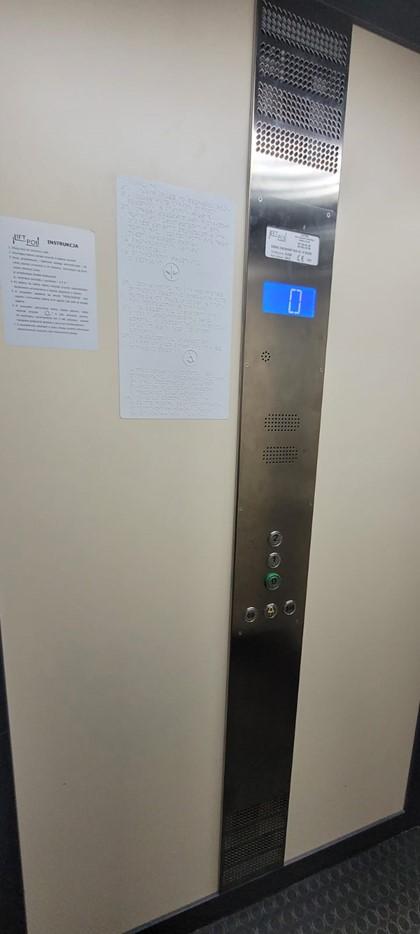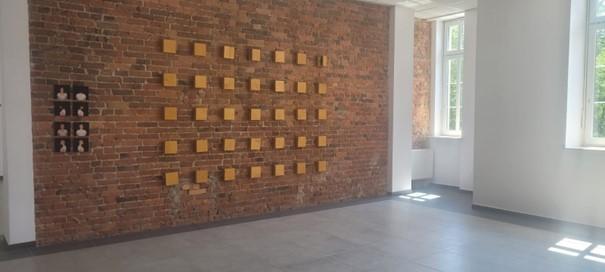Lusatian University of Applied Sciences – University of Equal Opportunities

 Project title
Project title
Lusatian University of Applied Sciences – University of Equal Opportunities
 Name of Beneficiary/Beneficiaries
Name of Beneficiary/Beneficiaries
Jan Benedykt Solfa Lusatian Higher School
 Name of programme
Name of programme
Operational Program “Knowledge, Education, Development”
 Competition
Competition
Accessible University 2
 Project value
Project value
PLN 5,038,909.56
 Funding value
Funding value
PLN 4,873,009.56
 Project delivery period
Project delivery period
01.01.2020 – 30.09.2023
Our team
Agnieszka Maj, Chancellor of the Lusatian University of Applied Sciences – Project Settlement Specialist
Jadwiga Borowiec – Assistant Project Manager
Magdalena Biazik – University Accessibility Officer
Results of our work
A Braille tablet
A parking lot with spaces for persons with disabilities, including lighting and contrasting surface markings
A 3D printer
A Braille printer
An elevator adapted to the needs of persons with disabilities
A café established in a dedicated space of the university, which allows for relaxation during breaks between classes
Issues addressed
The implementation of the project contributed to improving accessibility of the university for persons with disabilities and special needs by eliminating barriers in areas such as organizational structure, architecture, supporting technologies, procedures, types of educational support and disability awareness training. The above goal was achieved by carrying out the following project activities:
- We have adapted the organizational structure of the university to the needs of persons with disabilities by making changes that make the recruitment and education process easier for persons with disabilities. - We have appointed the Rector’s Plenipotentiary for Persons with Disabilities and a person in charge for university accessibility within our Office for Persons with Disabilities.
- We have facilitated access to bulidings for blind and visually impaired persons by installing signs with Braille inscriptions and for the hearing impaired by providing an induction loop.
- We have upgraded the university’s website to WCAG 2.0 standards and adapted the educational platform and teaching materials for 4 fields of study according to WCAG 2.0 level AA standards.
- We have conducted training among university employees, the aim of which was to open the university community to the needs of persons with disabilities.
- We have eliminated architectural barriers: we have provided a trolley for transport to the main entrance of the university; we have equipped the elevator with optical and acoustic signals, as well as handrails and a panel of Braille buttons; we have designated and adapted parking spaces for persons with disabilities, including lighting and contrasting surface markings.
In the “midi” phase of the project, we carried out construction works related to adapting the rooms located in the eastern part of the building for persons with disabilities. As a result of adapting the rooms to the WCAG 2.0 standard, we have established laboratories for special therapeutic and methodological classes, for learning foreign languages, and for multimedia-enabled lectures and seminars for persons with disabilities. In addition, we have allocated a space for a café which also allows for relaxation during breaks between classes, and we have adapted restrooms to the needs of persons with disabilities.
Project beneficiaries
The project results benefit:
- Students with special needs who receive support in the recruitment and education process thanks to the establishment of the Office for Persons with Disabilities with a Representative for Persons with Disabilities and trained management, teaching and administrative staff. We have implemented a number of architectural solutions and retrofitted the rooms to enable persons with disabilities to study on equal terms with healthy people. The university’s provision of higher education through the development and implementation of alternative teaching methods ensures full participation in the study process for persons with disabilities.
- University’s teaching and administrative staff whose participation in training courses on disability issues organized as part of the project has improved their awareness and competences.
Major implementation challenges
The biggest challenge in implementing the project were investments related to the elimination of architectural barriers due to high cost of construction works and materials, difficulties in finding contractors / suppliers and short implementation period.
Our advice to other applicants
Project implementation – even with a schedule that minimizes the possibility of unforeseen problems (e.g. changes in costs of construction materials and labor resulting from inflation and pandemic) – carries certain risks of deviations from the schedule. In the case of our university, contact with the NCBR was very helpful, as it allowed us to solve current problems, even the most difficult ones. The communicative approach of the parties combined with responsibility and mutual respect holds out the prospect of implementing the project effectively and achieve the expected results.
